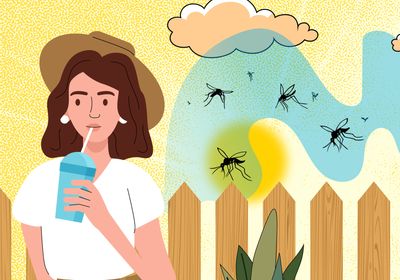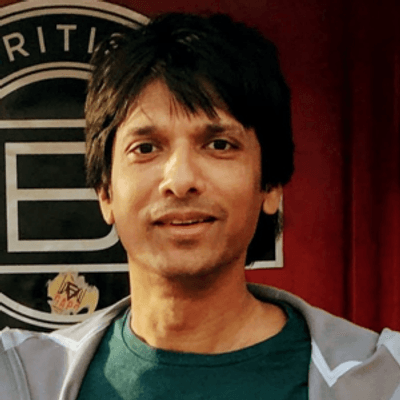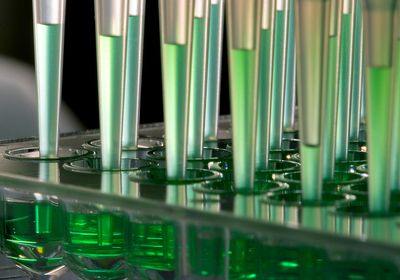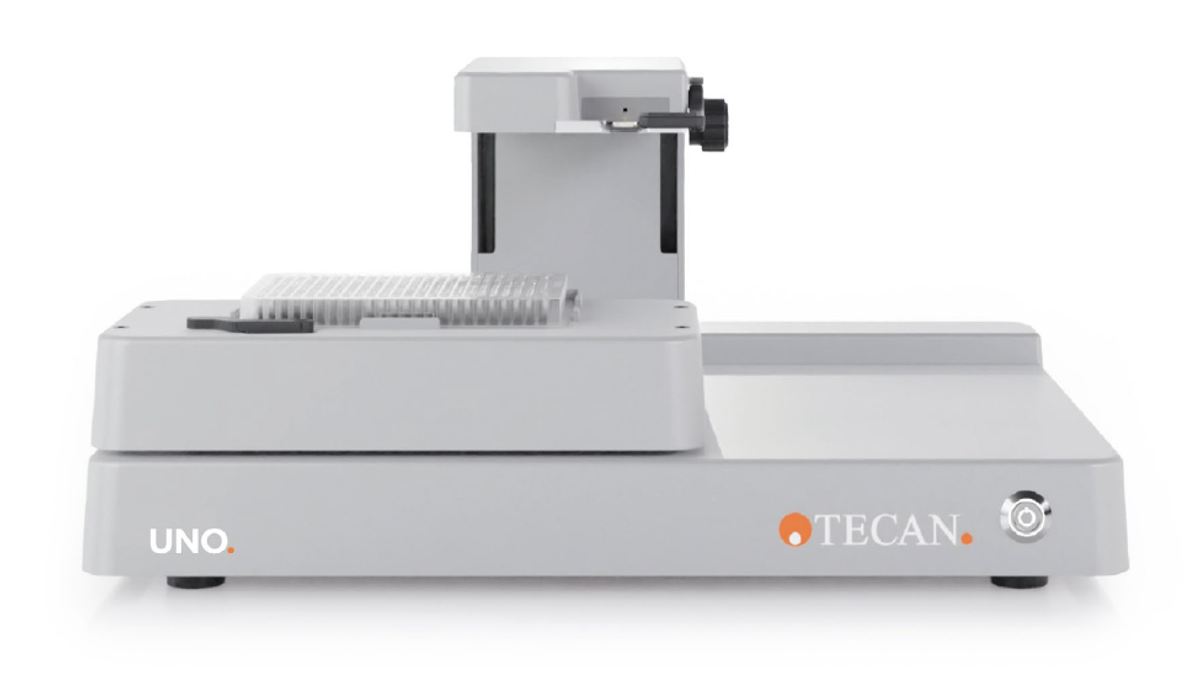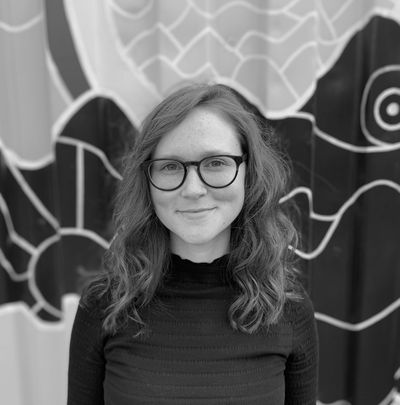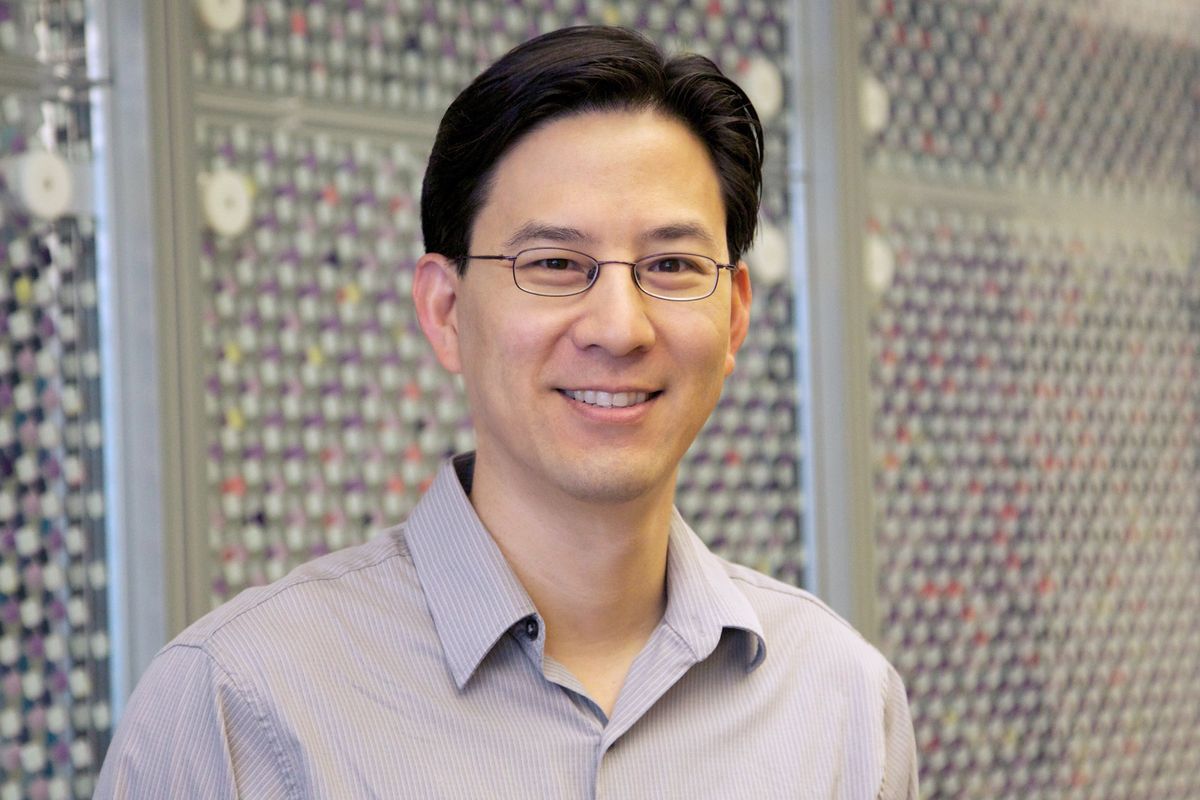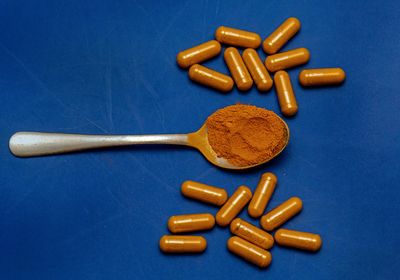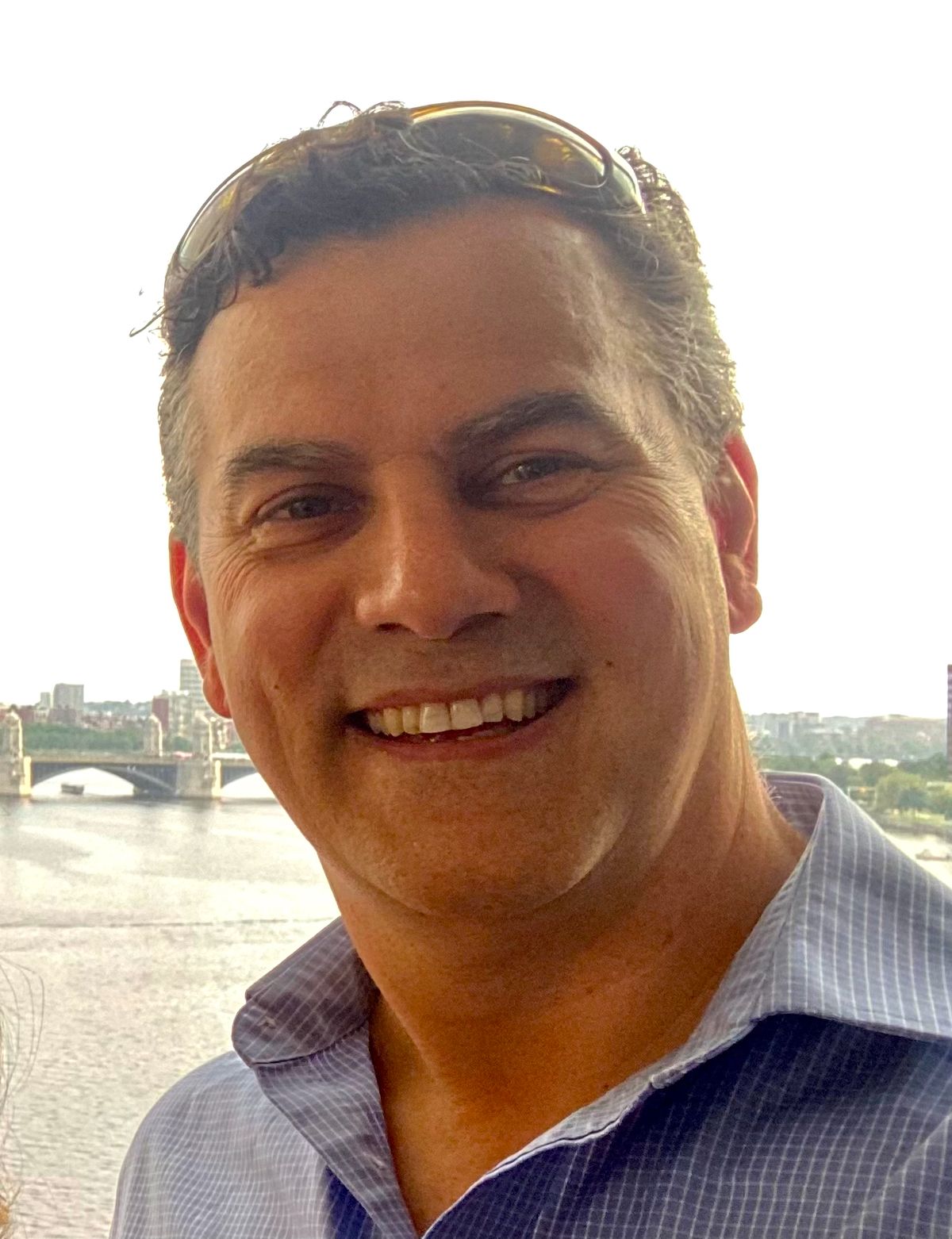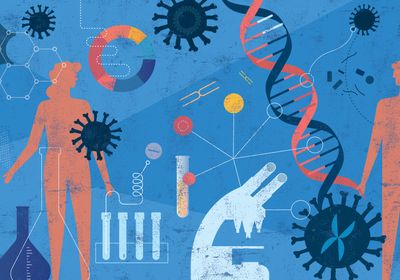Scientists Trot the Globe but Stay Sci-lingual
Academics adapt to new cultures and people, bonding with scientific commonalities.
When I moved to Germany from India to pursue my masters and graduate studies, the cultural difference was stark. Initially, I was bewildered at cold dinners, succinct chats, and freezing weather, especially coming from a place where warmth is aplenty: in food, weather, and people.
The lab organization differed as well; I almost needed a separate orientation course for the complex reagent labeling system. But just like my other international comrades, I quickly adapted to the local ways, and soon we were pros at lab management and trying glühwein at the Christmas markets.
My experience is hardly unique. Academia is special; it is perhaps the only profession that normalizes uprooting a life and moving across countries to start afresh every few years. Much like the mutant cells and bacteria we culture in the lab, scientists frequently immerse themselves in new environments, adapt to thrive in them, and emerge stronger from the experiences.
Travel for academics started as a need when scientific experiments gained popularity. Special equipment and expertise in specific disciplines were rare, so researchers had no choice but to visit research groups across the globe to conduct their experiments. Why is it still a norm today despite the increasing number of world-wide research institutions? Researchers possibly move to work with like-minded experts or to associate with prestigious institutions. But I think that the curiosity of exploring a new place and taking on the associated challenges also contributes to their decisions.
Since scientists need to always keep open minds and avoid getting stuck in the status quo or traditions, this exercise of acclimatizing to new places, breaking language barriers, and adjusting with diverse people inadvertently broadens their horizons. My hypothesis is that the nomadic life of stereotypically introverted scientists presents a paradoxical situation that pushes them out of their comfort zones in self-experiments that they track throughout their lives.
How have you navigated moves in your careers?





